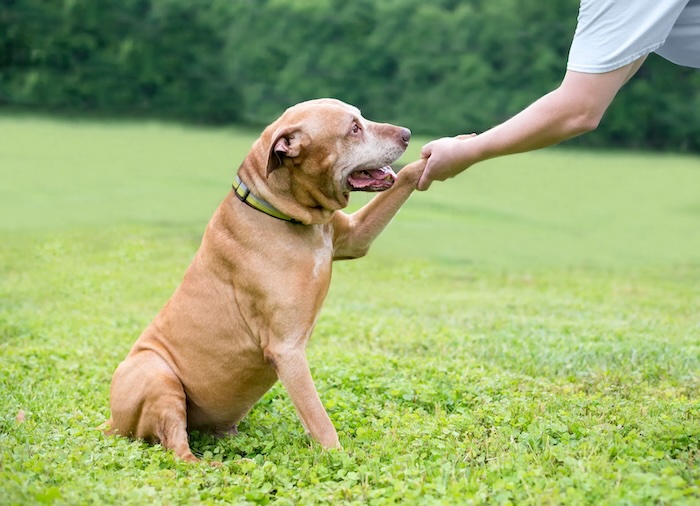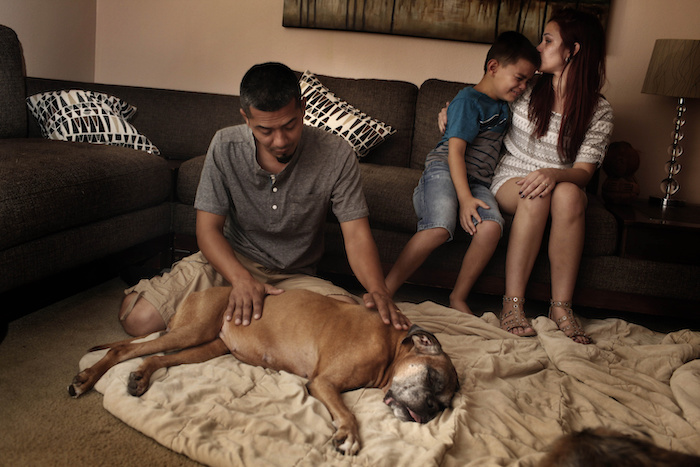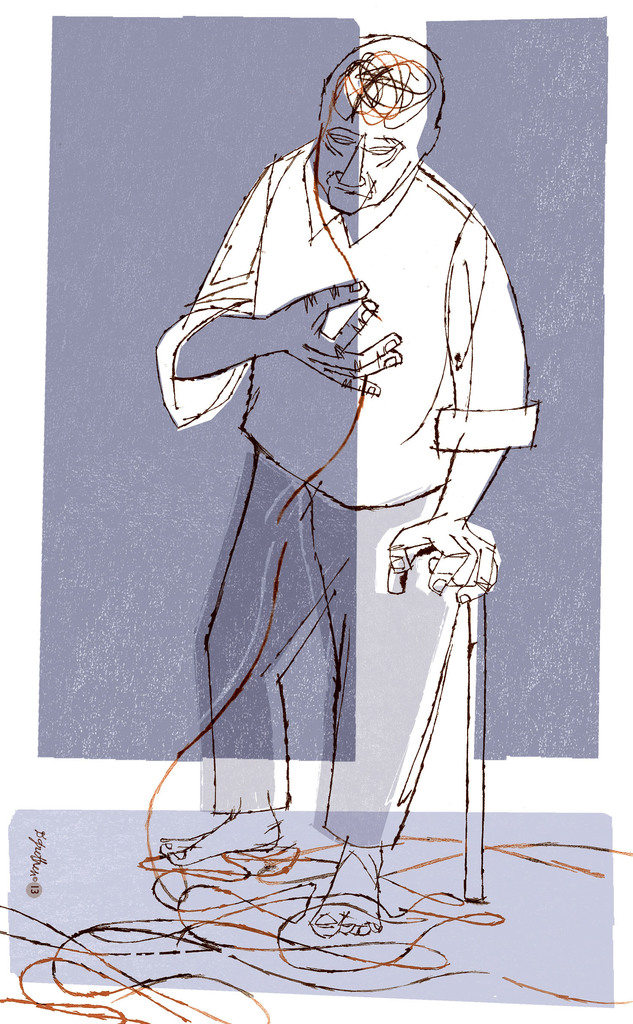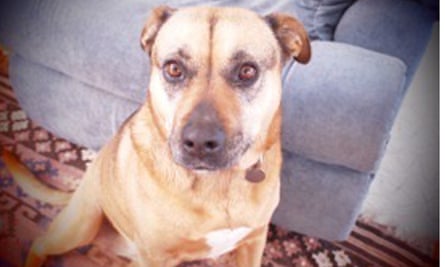— Caring for patients with life-altering needs can test the human-animal bond

It is sadly too routine that veterinary professionals diagnose a condition that quickly forces a pet family to become caretakers. The stress can be insurmountable on the human family, the pet, other animals living in the home, and the often forgotten veterinary professional.
Our pets are increasingly considered family members, and there may be the heartbreak and devotion to required caretaking. Twenty years ago, who would have thought pet hospice could be a viable option?
The list of life-altering changes for a pet may be long for the human family—everything from learning how to administer fluids to having to carry a large dog up and down stairs. How does an elderly pet owner do either of these things? Scheduling visits to see the general practitioner or a specialist might strain a busy family. The pet’s condition could even mean a child missing band practice or canceling family or business travel plans. Changing life plans can be financially costly, and so can treatment.
All of this and more may put a strain on you, the veterinary professional. Although some incredible human beings are natural caretakers and are able to deal with all this in stride, most clients are not quite so malleable. It is also no fun communicating a difficult prognosis and describing a long series of pharmaceuticals that can be alphabet soup in clients’ heads.
A normally amiable client might transform into a quite testy one. It is human nature to push back; however, this is where your patience, empathy, and professionalism should be applied. And remember, whatever is said is rarely personal.
Attempting to remember which medications to administer and when to give those drugs is tough enough. Also, consider some clients may simultaneously be dealing with health challenges requiring medications of their own or dealing with the illness of another family member.
Now add day-to-day difficulties, like administering pills to that dog or cat. When the well-meaning pet owner goes to a counter where the medications are and the fragile cat manages to make a break for it, it’s heartbreaking (and sometimes physically challenging) to push the pills. Sometimes, medications aren’t given because the pet owners feel guilty or that they aren’t capable of getting that pill into the animal.
Not only are human family members stressed, but so are the pets. The once beloved human family members are doing things that may cause temporary discomfort for the pet. Any chronic pain issues are likely being addressed, but findings from many studies demonstrate that pain can cause changes in mood, potentially even aggression, and also might cause behavior changes likes accidents outside a litter box. All this can profoundly impact both sides of the human-animal bond.
An animal not feeling well can feel anxious. After all, no one can explain to that animal what the medical condition is. What’s more, we know that pets, so closely bonded, will pick up on the stress of human family members. Anxiety is contagious.
Other household pets sense that stress as well. And they may exhibit behavior changes because of what’s going on. For example, if one dog has an accident indoors, a second dog might too. Life changes quickly from having fun with multiple pets to feeling frantic.
All this sure isn’t easy—and in many ways not so different from caretaking for a sick human family member, except the good and bad news is having the option of euthanasia when the time is right.
But how do pet owners know when the time is right? How many times have you been asked, “If this was your pet…?” And many clients do seek the professionals’ unbiased opinion, which can be exceedingly valuable, particularly with longtime clients. However, that question isn’t an easy one to answer, even if the answer is obvious.
To a great degree, all situations are different. Some clients simply cannot continue to cope with caretaking or perhaps the expense. Or, frankly, there are just too many accidents in the house or perhaps the dog has uncharacteristically bitten a family member. When the human-animal bond is fractured in a terminally ill animal, isn’t euthanasia a reasonable expectation?
Other clients can’t let go, as their bond is so intense and maybe even made more so through the process of caretaking—they simply can’t bear the notion of euthanasia. And your truthful suggestion is met with defensive resistance, even though the client said, “I want an honest answer.” However, the client really only wants an answer to support a predetermined opinion. Your guidance through this entire process begins with being available and expressing empathy.
Human physicians never deal with all the emotions and issues regarding euthanasia. I am doubtful all human physicians could easily step into the shoes of a veterinary professional. And, as I’ve said, as well as others, “Pet owners do not care how much you know until they know how much you care.”
Complete Article ↪HERE↩!







